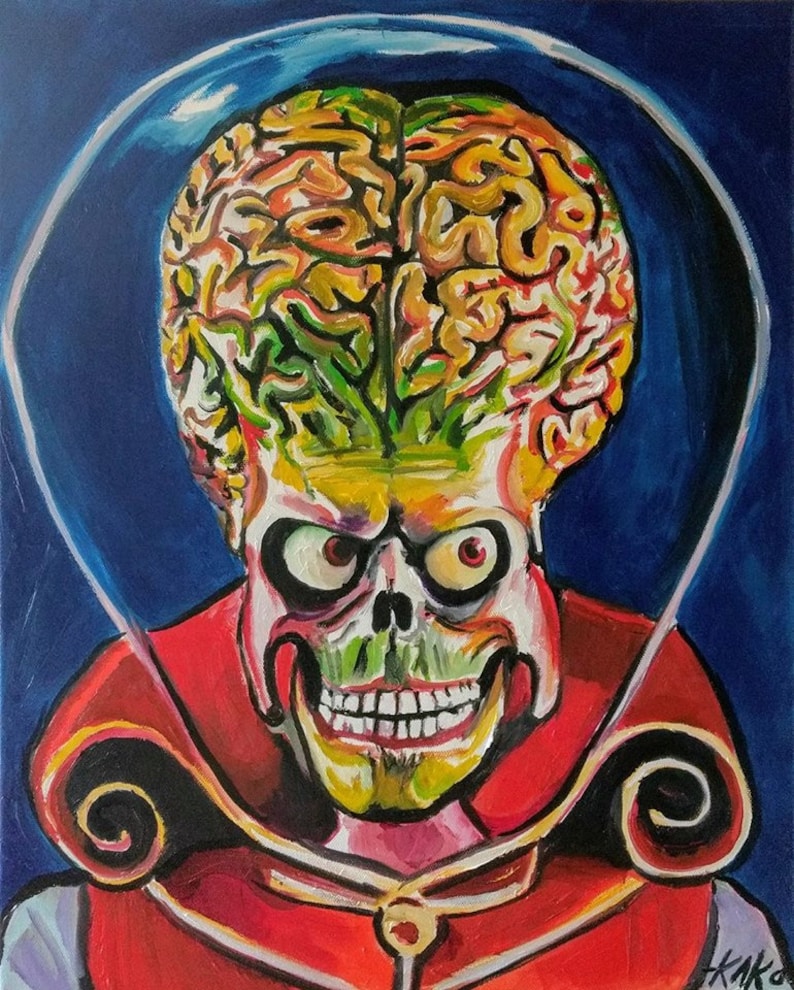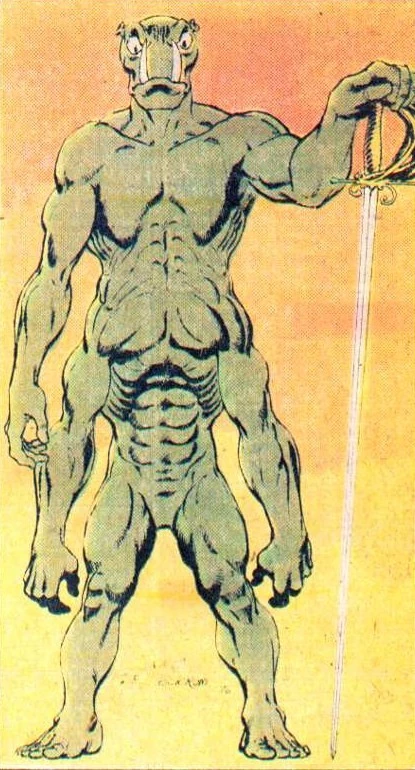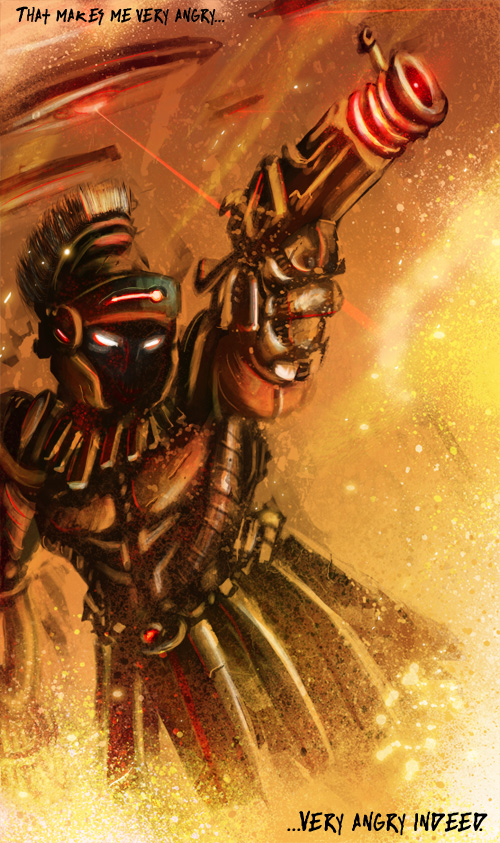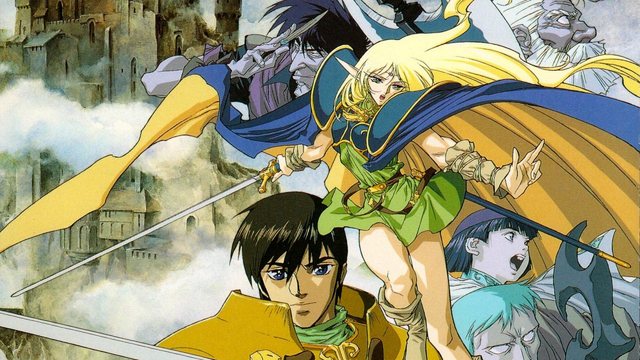This is Part 2 of my Martians Micro-Setting. The stats are designed for TNT, but the ideas can be tweaked for OSR or other systems. Part 1 focused on Character Types, including the Psychomancer, Thark, and Radium Legionnaire. This part will focus on items, gear, and vehicles.
Martian Items, Gear, and Vehicles
Martian Items, Gear, and Vehicles
- Radium Pistol: 4d6 damage. Cost 250. The radium bullets create a Radium Explosion when doubles are rolled on a missile attack SR. On each use, roll Wear & Tear. On fail, the Radium Pistol is destroyed and explodes in a Radium Explosion around the wielder. Rolling 1 and 2 (critical fail) on a missile attack SR also destroys the gun and creates the explosion. (see Radium Explosion).
- Radium Grenade: Cost 25. Can be lobbed (as missile attack SR) to create a Radium Explosion (see Radium Explosion).
- Flying Saucer (Fighter Class): A smooth, disc-shaped, metallic flying machine with neon lights and usually a glass dome over the top. Can fit between 1 and seven people. They are powered by radium, and require knowledge of martian engineering, piloting, or really good luck to operate. They usually have at least one radium cannon. May be given MR equivalent to flame demon from the TNT deluxe gamemaster screen, or slightly lower MR but apply the massive combat rules. For PCs operating the Flying Saucer without sufficient knowledge, roll luck SR on each turn (or at some approximate rate like once per hour outside of combat), at least SR 2, to maintain flight and/or working order of the saucer. In vehicle combat, use saucer MR in place of normal character attributes.
- Flying Saucer (Destroyer Class): A massive version of the flying saucer above. Should be much more difficult to operate for those not qualified (at least SR 4). May use equivalent MR as a dragon, or lowered but with massive combat rules (as above).
- Tripod: Fighting machines over 100 feet tall. They are composed of three long spindly legs and an almond-shaped body like a cephalopod or head of an insect. From the body sprouts several flexible and prehensile tentacles. They attack with a radium cannon and radium grenade launcher, and have MR comparable to a serious flame demon up to a serious dragon (from TNT Deluxe GM screen), adjusted lower if using massive combat rules (as above).
- Hyperbolic Orange Torch: Cost 250. A handheld electric torch which produces hyperbolic orange light, invisible to non-martians. The torch masks the wielder's appearance as any hologram programmed into it, undetectable by any senses unless revealed with magic fire. The torch can only store one hologram and a replaced hologram is permanently destroyed. All Martians can use with an SR 1 LK, Orange Agents require no SR to use. Non-martians must make an SR 2 LK roll on each use. Additionally, any wielder must roll Wear & Tear after each minute of use. On fail, the torch runs out of power.
- Hyperbolic Orange Torch Battery: Cost 50. Used to power hyperolic orange torches.
- Holographic Prism: Cost Varies (minimum 50). Made of martian glass, these handheld objects store holographic images which may be used with a hyperbolic orange torch. The cost of having a custom hologram made, or to buy a hologram of an abnormal creature, or an especially important / powerful person, will generally be much higher than something unassuming.
- Directional Compass: Cost 100. A pocket watch-sized compass which contains a phosphor-radium monochrome viewing glass, which can be used for directional navigation on Mars.
- Radium Gauntlets: Cost 30 (per pair). Sleek metal gauntlets, generally worn by Tharks, but some are made for medium-sized humanoids. They provide up to 2d6 weapon damage per fist, 1 armor per fist, and can bypass most magical defenses and armor.
- Radium Falchion: Cost 100. A one-handed sword hilt which can project a close-range radium current edge for 5d6 combat dice. Except for the hilt, it is weightless, and can cut or burn through most physical defenses and armor. As a LK SR, may attempt to melt or burn a target's weapon or armor.
- Radium Backscatter Shield: Cost 75. A large target shield made of a gold-colored metal with a greenish radium glimmer, commonly carried by thark warriors. It projects invisible, close-range waves of radium which deflect radium weapons. Provides 5 armor against radium damage or 3 armor against all other kinds of damage.
Re-posted from part 1:
Radium Explosion: The target and all characters in melee range of the target (including allies) take 1d6 radium explosion damage.
Radium Explosion: The target and all characters in melee range of the target (including allies) take 1d6 radium explosion damage.









